When I first stepped into the world of laser technology, I felt lost. There were so many machine names, types, and categories. I worried about making the wrong investment and wasting both money and time.
There are four main types of laser machines: solid-state lasers, gas lasers, semiconductor lasers, and liquid lasers. Among them, fiber lasers (a type of solid-state) dominate industry use because of their efficiency, reliability, and versatility.
At Kirin Laser, we see this question often. Clients want clear answers before they buy. Let me explain what types exist, how they are used, and why choosing the right one is key.
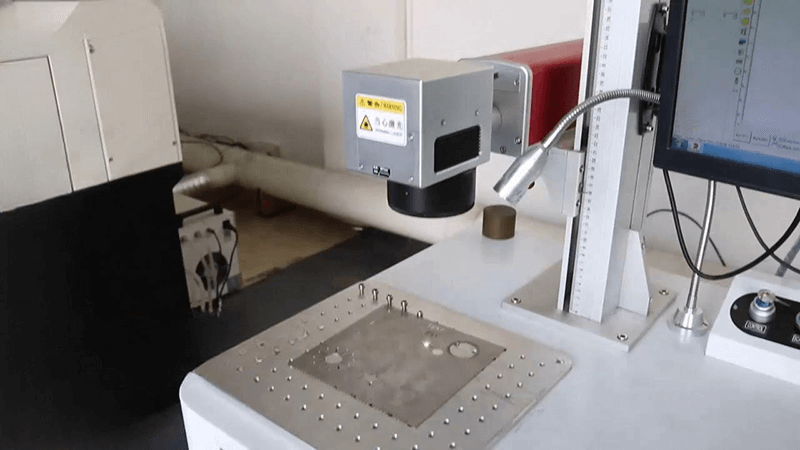
What are the different types of laser machines?
I have seen many buyers confused by technical terms. Each type of laser machine has unique traits, but only some are suited for industrial production. The rest often belong in research or niche markets.
The main types of laser machines include solid-state lasers (fiber, Nd:YAG), gas lasers (CO₂, excimer), semiconductor lasers, and liquid dye lasers. Each works on a different medium, and each has its own advantages and limitations.
Solid-State Lasers
Solid-state lasers use crystals or fibers as the medium. Fiber lasers1 are the most popular today for marking, welding, and cutting. They offer high power, excellent beam quality, and low maintenance.
Gas Lasers
Gas lasers like CO₂2 are known for cutting thick metals and non-metals. However, they require constant maintenance and gas refills, which makes them less cost-effective over time.
Semiconductor Lasers
These are small, efficient, and common in communication and sensing. They are not the main choice for industrial cutting, but they lead in LiDAR, optical interconnects, and compact systems.
Liquid Lasers
Dye lasers offer tunable wavelengths. They are flexible for research and spectroscopy but not practical for industrial settings due to complexity and cost.
| Type of Laser | Strengths | Weaknesses |
|---|---|---|
| Solid-State (Fiber) | Efficient, reliable, high beam quality | Higher upfront cost |
| Gas (CO₂) | Good for thick cutting | High running cost, maintenance heavy |
| Semiconductor | Compact, scalable, low cost per unit | Not for heavy industrial processing |
| Liquid (Dye) | Tunable, wide spectrum | Bulky, messy, expensive to maintain |
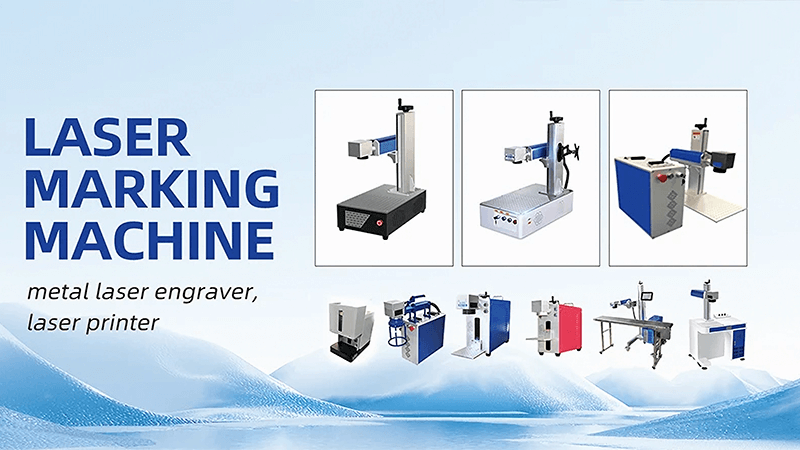
How many types of laser tools are there?
When people ask this, they often mix up “lasers” with “laser tools.” I always remind them: machines are built around laser sources, but tools are how we apply them.
Laser tools can be divided into marking machines, welding machines, cutting machines, and cleaning machines. Each tool is built around a laser source that matches the task.
Main Tools in Industry
At Kirin Laser, our core lineup focuses on industrial use:
- Laser Marking Machines3: For engraving or coding metals, plastics, and more.
- Laser Welding Machines4: For joining metals with precision and less heat damage.
- Laser Cutting Machines: For sheet metal, tubes, and other manufacturing tasks.
- Laser Cleaning Machines: For rust removal, paint stripping, and surface prep.
Why These Four Matter
I learned that businesses want solutions, not just lasers. A marking machine is useless if it cannot adapt to production lines. Welding machines must balance speed and joint strength. Cutting machines must lower cost per cut. Cleaning machines must reduce chemical waste. These tools bring lasers into daily industrial use.
| Tool | Key Application | Benefit |
|---|---|---|
| Marking Machine | Engraving, serial numbers, codes | Permanent, high precision |
| Welding Machine | Joining metals, battery tabs | Strong, clean, less deformation |
| Cutting Machine | Metal fabrication, sheet cutting | High speed, accurate, less waste |
| Cleaning Machine | Rust, oil, paint removal | Eco-friendly, non-contact, efficient |
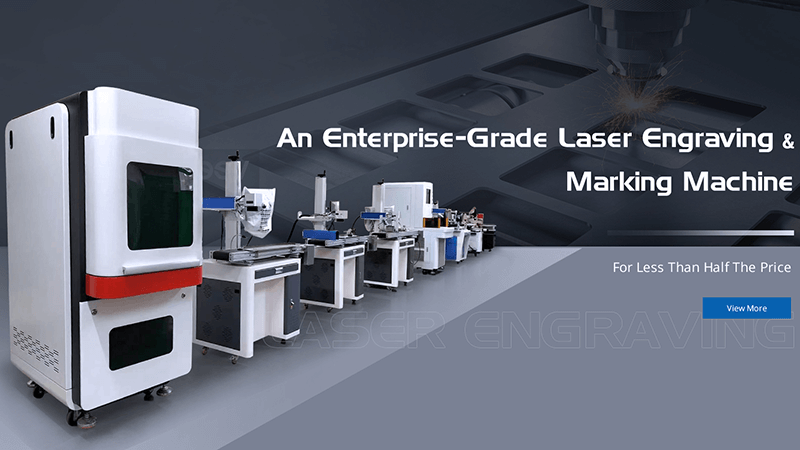
What are the classification of laser machines?
Classification depends on the medium, but also on the industrial task. I always explain to buyers that there are two ways to classify: by source type and by application.
Laser machines can be classified by their source (solid-state, gas, semiconductor, liquid) or by their application (marking, welding, cutting, cleaning). This dual classification helps industries choose the right machine for the job.
By Source Type
- Solid-State Lasers: Fiber, Nd:YAG.
- Gas Lasers: CO₂, excimer.
- Semiconductor Lasers: Diode-based.
- Liquid Lasers: Dye.
By Application
- Marking: Serial numbers, codes, logos.
- Welding: Automotive, electronics, batteries.
- Cutting: Metals, plastics, wood, composites.
- Cleaning: Rust, coating, paint, contaminants.
Why Classification Matters
I once worked with a client who bought a CO₂ laser5 for marking. The result was poor because CO₂ was not the right match. After switching to a fiber laser marking machine6, their codes became sharp, permanent, and fast to produce. This shows why classification is critical before purchase.
| Classification7 Way | Examples | Best Use Case |
|---|---|---|
| Source | Fiber, CO₂, Diode, Dye | Defines performance and maintenance |
| Application | Marking, Welding, Cutting, Cleaning | Defines industry fit and ROI |
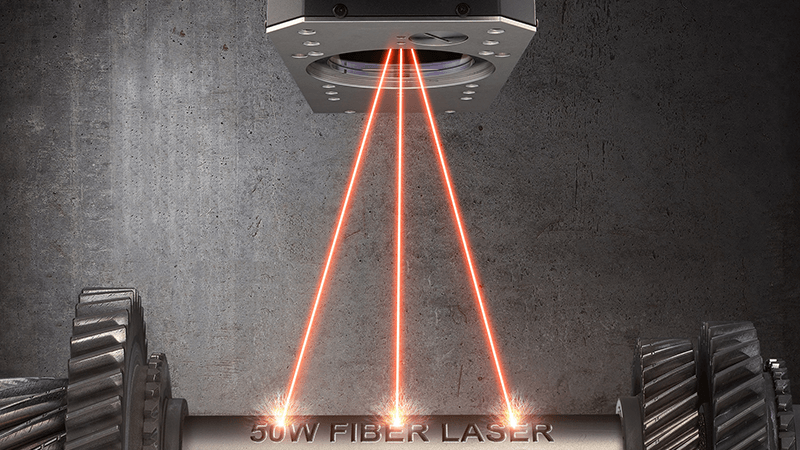
Which is better CNC laser or CO₂ laser?
This is the question I hear most from industrial clients. It often comes from confusion. CNC is not a laser type—it is a system. CO₂ is a laser source. Comparing them directly creates misunderstanding.
CNC laser refers to the machine system that uses numerical control, while CO₂ laser refers to the source. Fiber CNC lasers often outperform CO₂ CNC lasers in speed, cost-efficiency, and maintenance for most modern industrial tasks.
The Key Difference
- CNC: Means computer numerical control. It describes automation and precision, not the light source.
- CO₂ Laser8: A specific type of gas laser that emits infrared light, often used for cutting non-metals or thick metals.
My Experience
I once worked with a fabrication shop that used CO₂ CNC lasers. They faced high costs, gas refills, and mirror alignments. When I suggested moving to fiber CNC, they saw 30% faster throughput, fewer breakdowns, and better edge quality.
| Factor | CNC (System) | CO₂ (Source) | Fiber CNC (Modern Standard) |
|---|---|---|---|
| Nature | Automation framework | Laser type (gas-based) | System with fiber source |
| Cost | Depends on source used | High maintenance | Higher upfront, lower lifetime |
| Performance | Source dependent | Slower, less efficient | Faster, efficient, reliable |
| Industry Fit | Any laser application | Niche, non-metals, thick | Metals, industrial production |
The Practical Answer
The better choice depends on material and job. If you need thick acrylic or wood, CO₂ still makes sense. But for metals, marking, welding, and cutting, a fiber CNC9 system is the smarter investment.
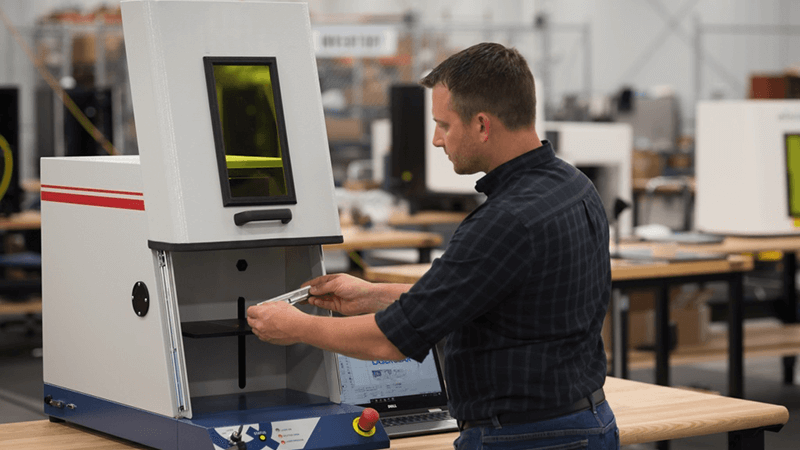
Conclusion
Laser machines10 come in four main types: solid-state, gas, semiconductor, and liquid. In practice, industries use them through four key tools: marking, welding, cutting, and cleaning. Among all, fiber CNC lasers dominate today because of efficiency, reliability, and cost-effectiveness. From my work with Kirin Laser, I have seen how the right classification and choice transform production lines. If I had to answer simply: fiber CNC laser machines are the future, and they are the best partner for growth.
-
Explore the benefits of Fiber lasers for efficient industrial processes and their superior performance. ↩
-
Learn about CO₂ lasers' effectiveness in cutting thick materials and their maintenance needs. ↩
-
Explore this link to understand how Laser Marking Machines enhance precision and efficiency in various industries. ↩
-
Discover the advantages of Laser Welding Machines for strong and clean joints with minimal heat damage. ↩
-
Explore this link to understand the benefits and limitations of CO₂ lasers, ensuring you make an informed decision. ↩
-
Discover how fiber laser technology enhances marking precision and speed, making it a superior choice for your needs. ↩
-
Understanding laser classification ensures you choose the right type for your needs, improving performance and avoiding costly mistakes. ↩
-
Explore the benefits of CO₂ Laser technology for cutting and engraving, especially for non-metals and thick materials. ↩
-
Discover how fiber CNC technology enhances manufacturing processes, offering faster throughput and better edge quality. ↩
-
Find the best laser marking machine and laser marking solutions from Kirin Laser, clicking this link to get all your needs for your business. ↩





